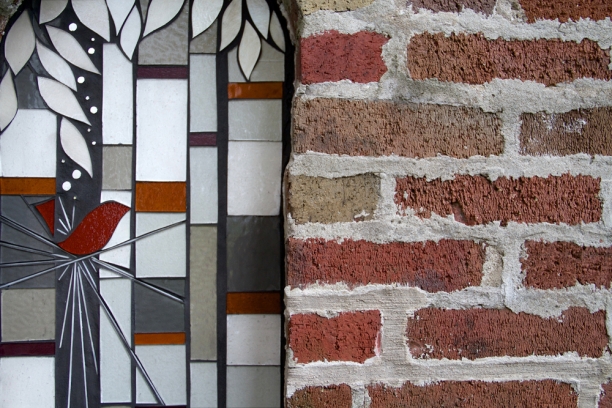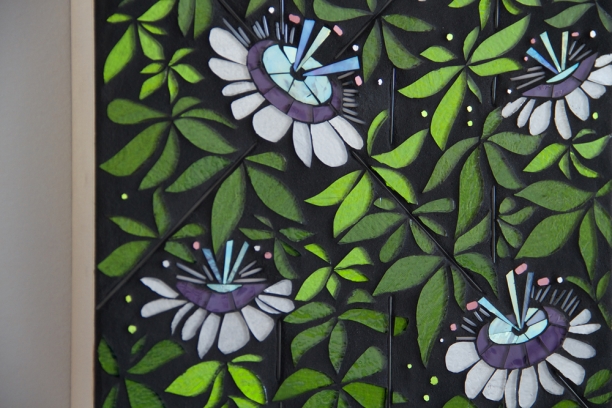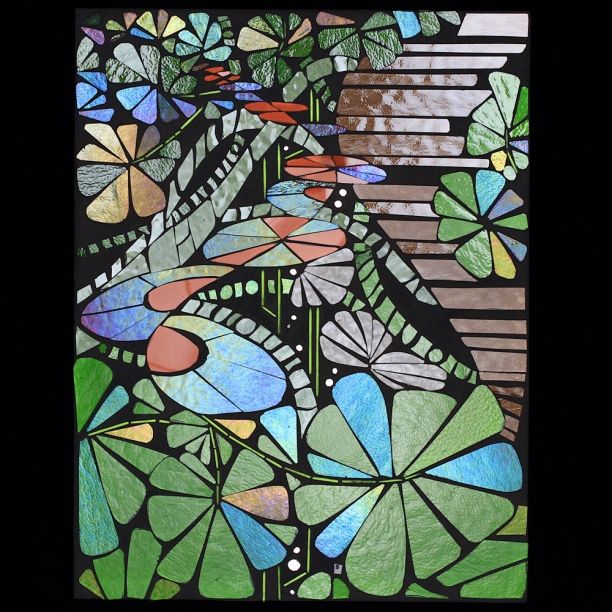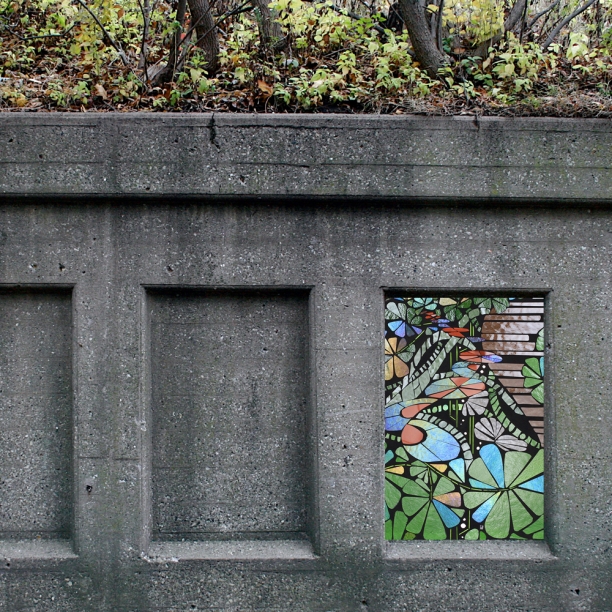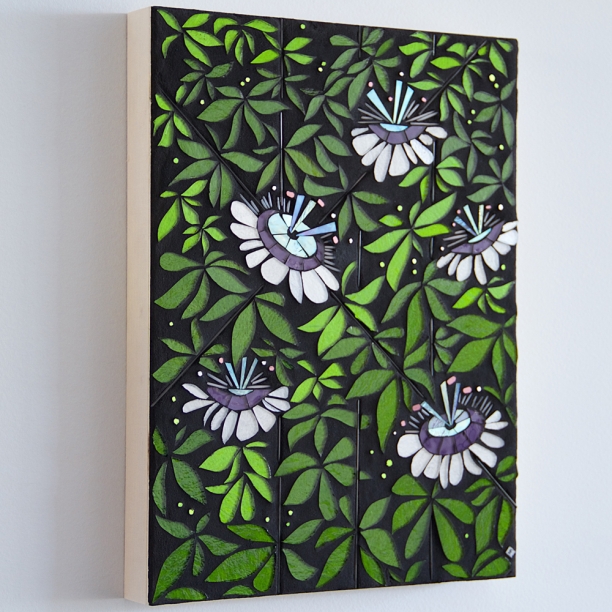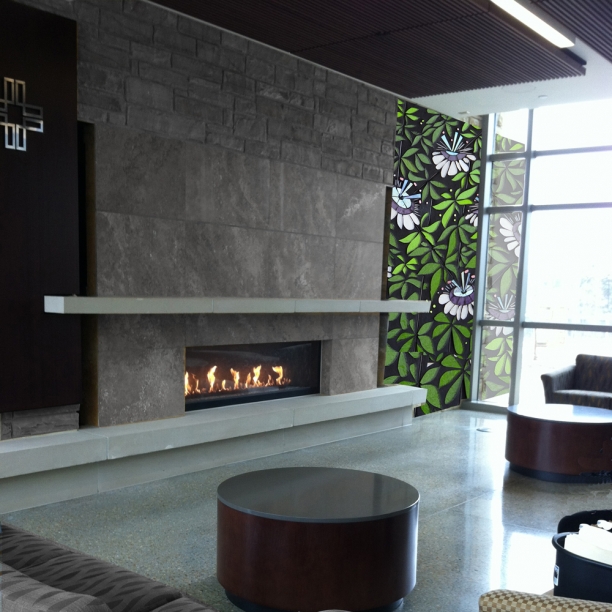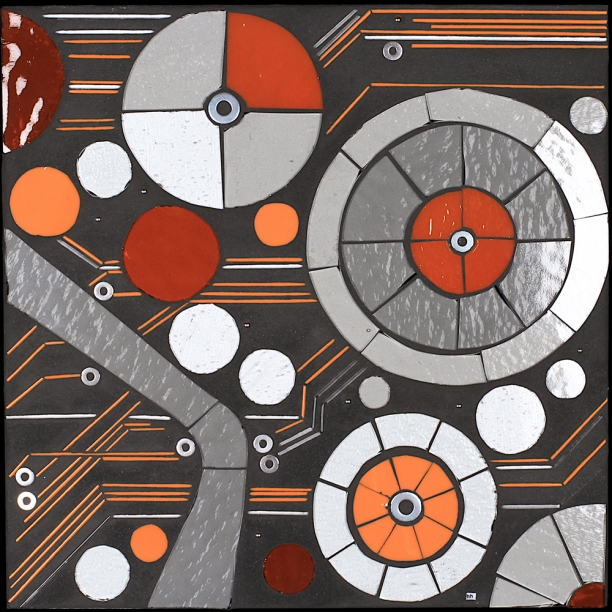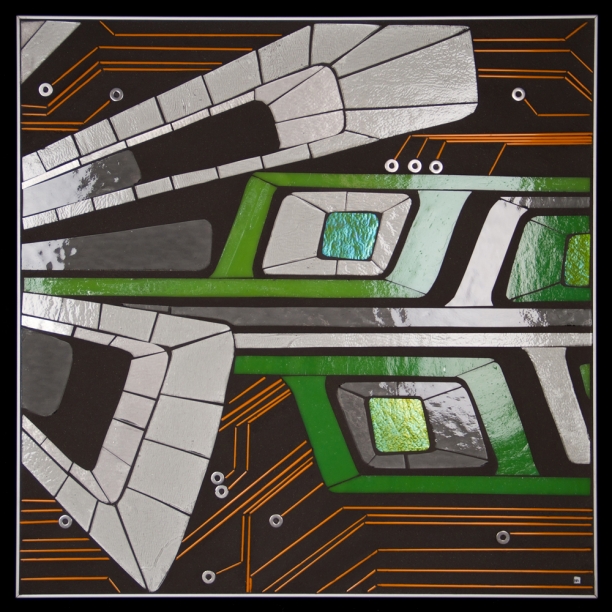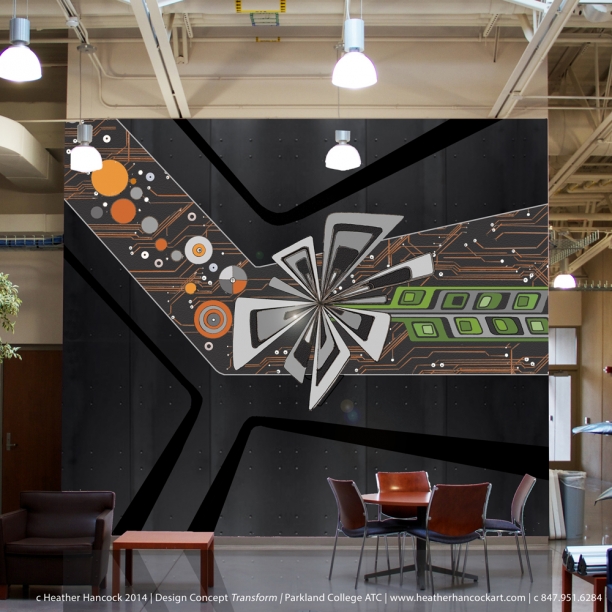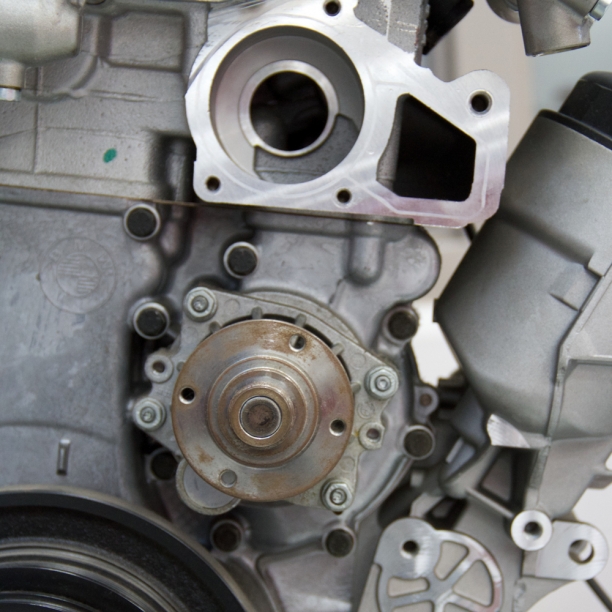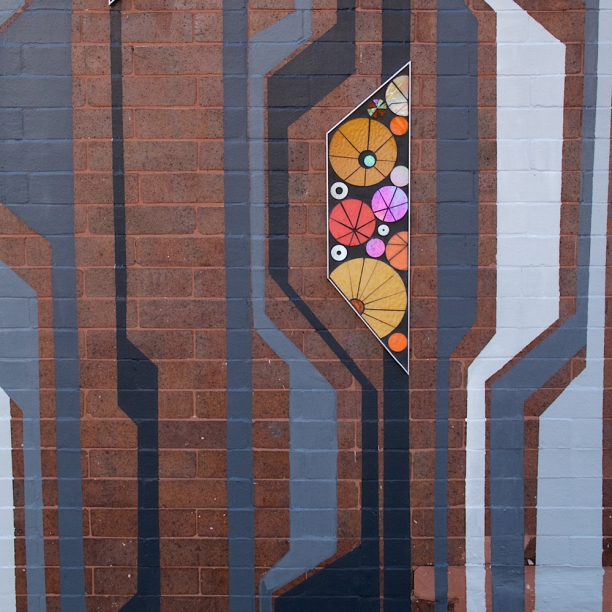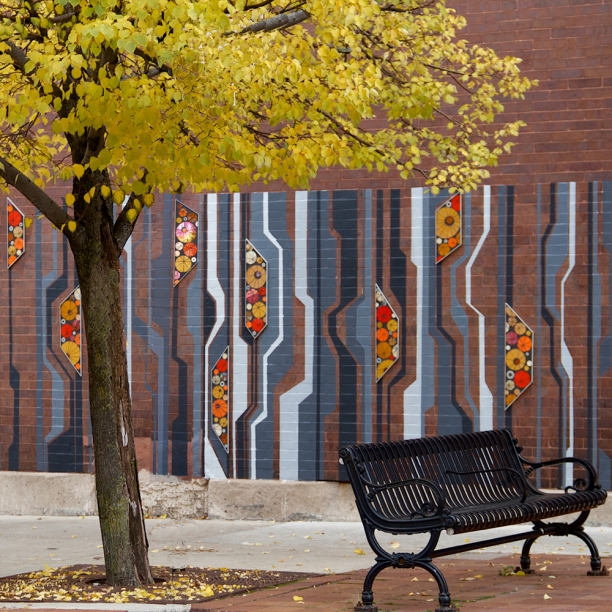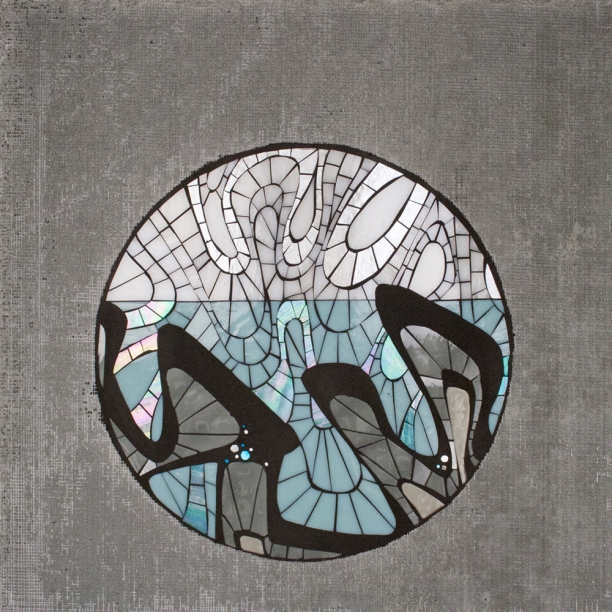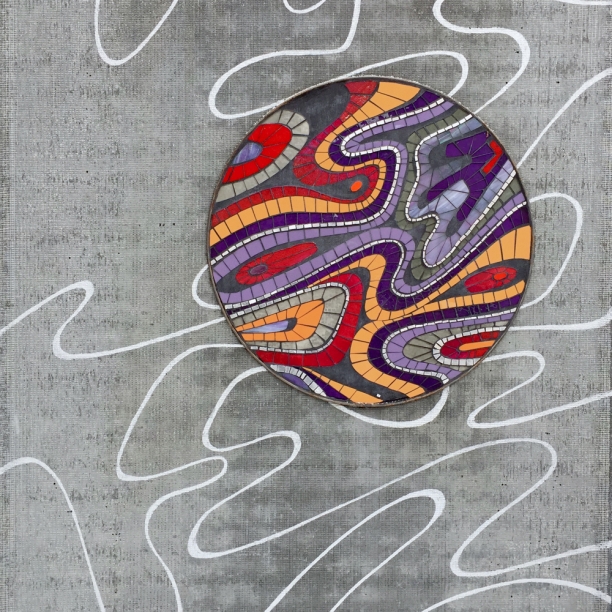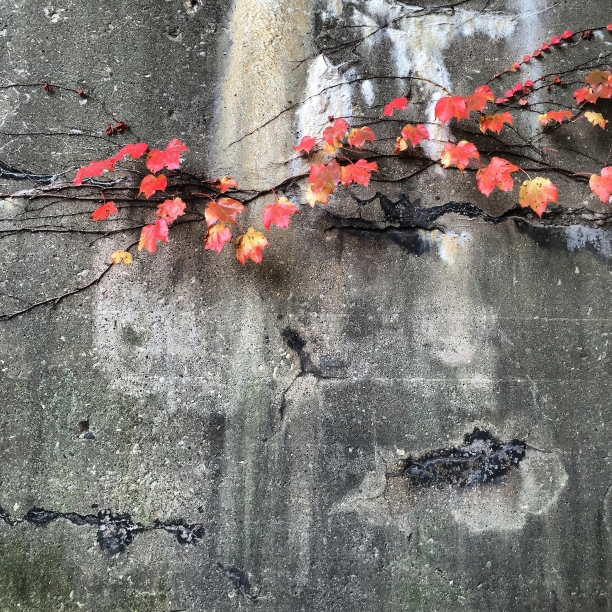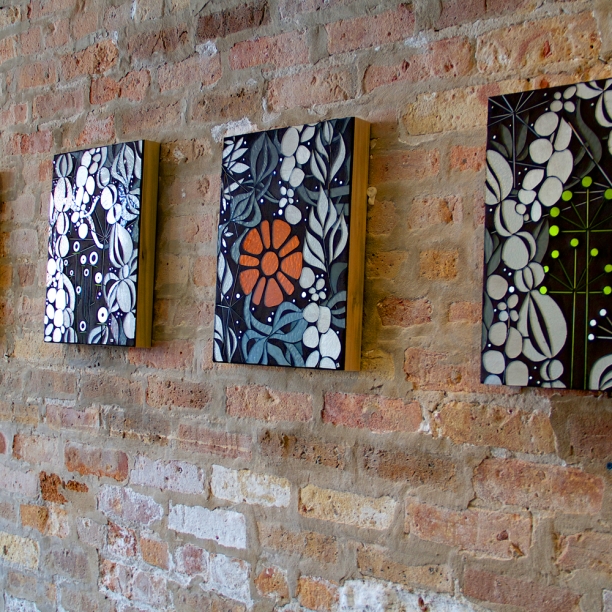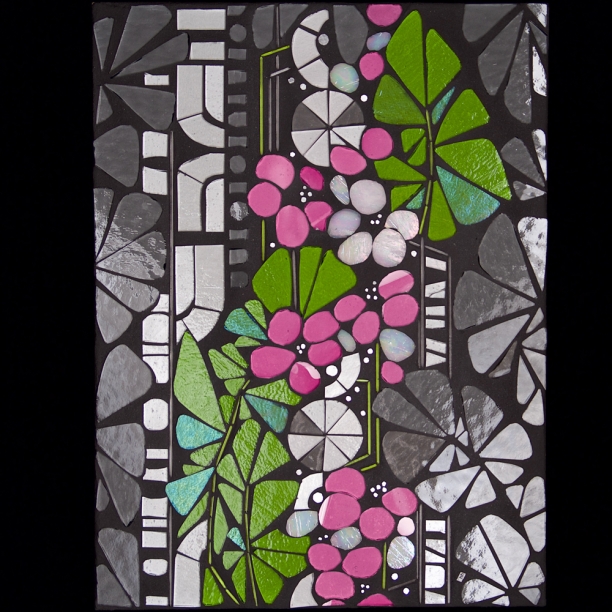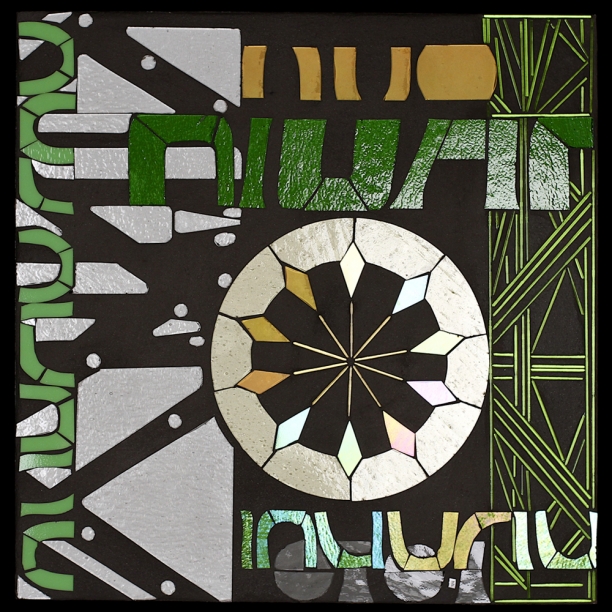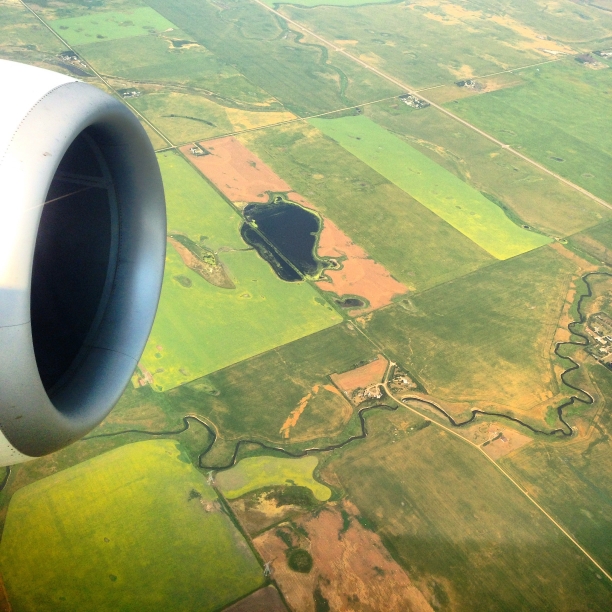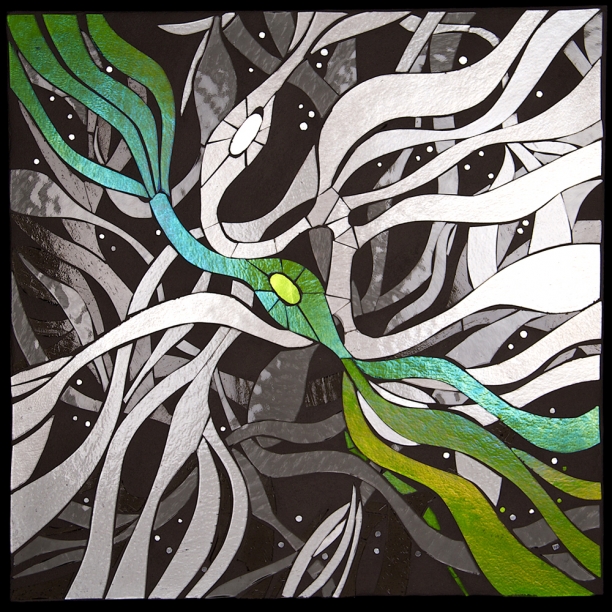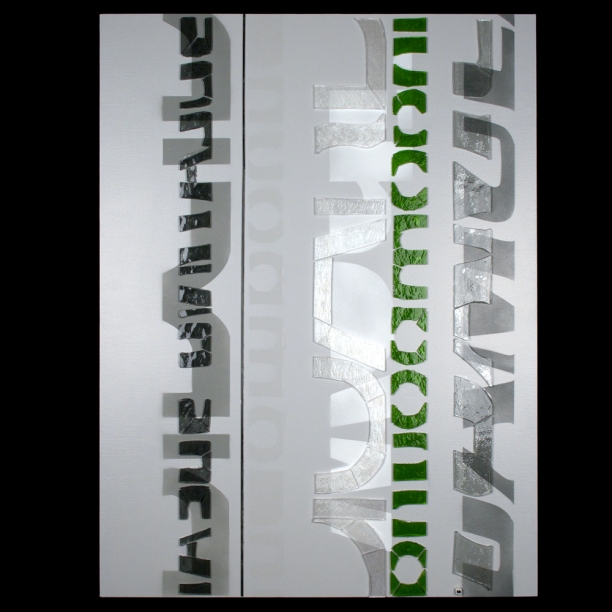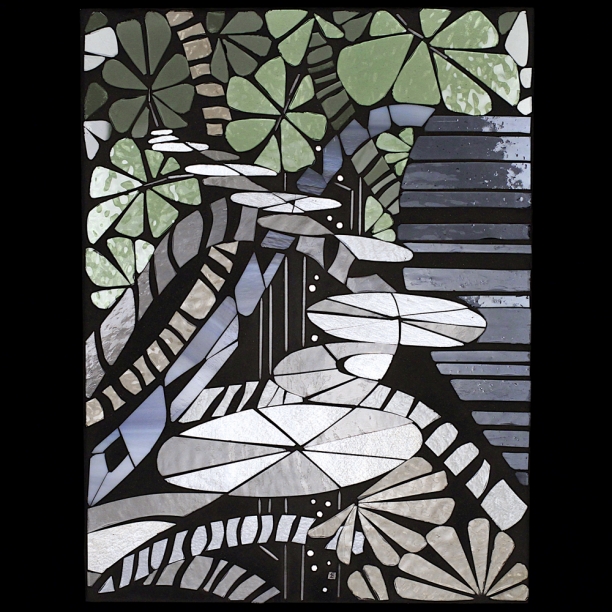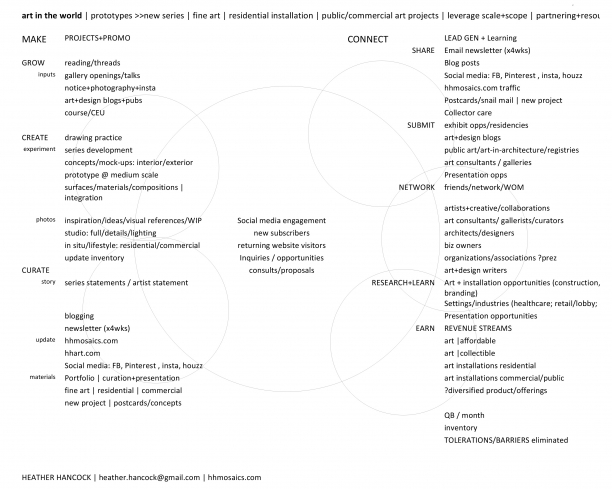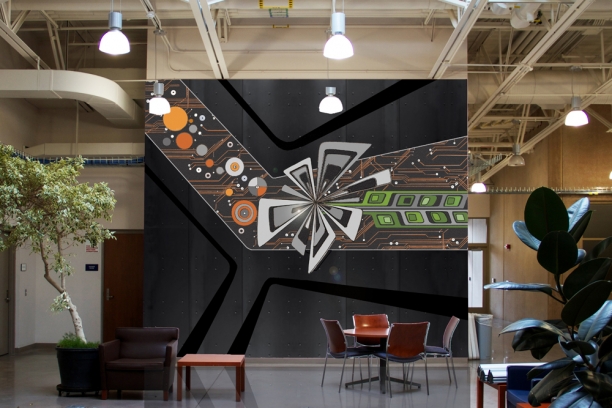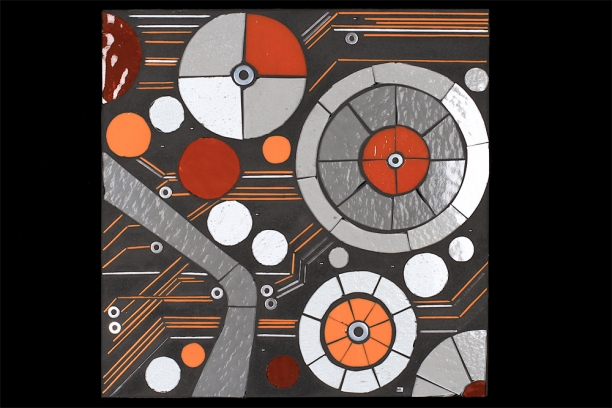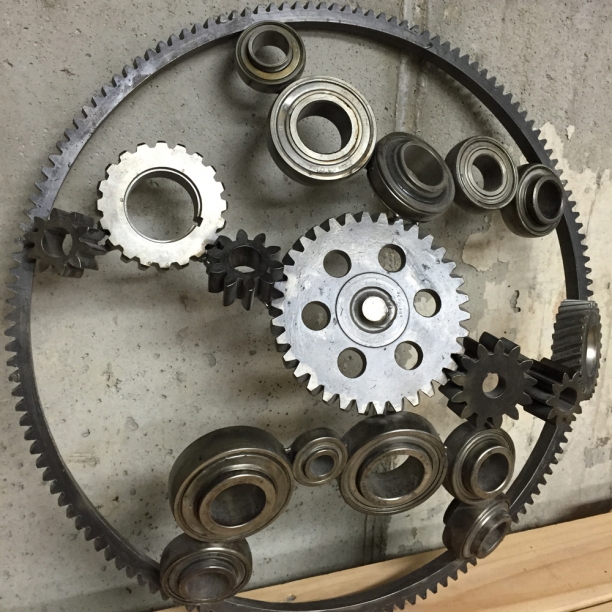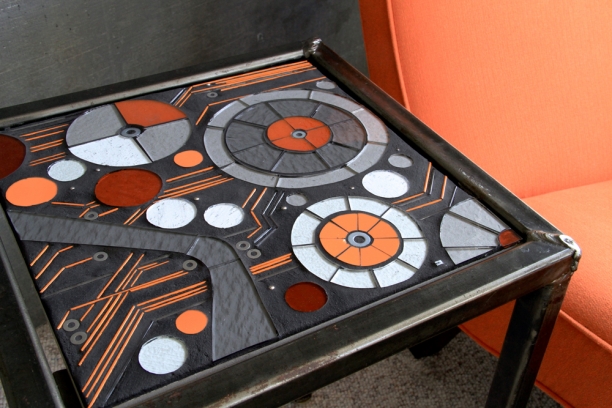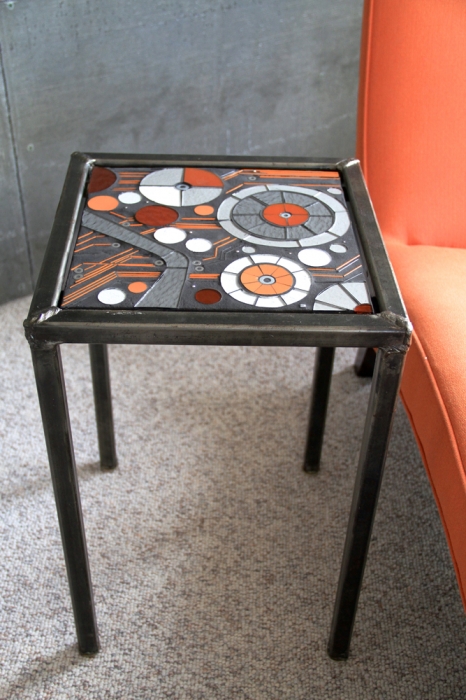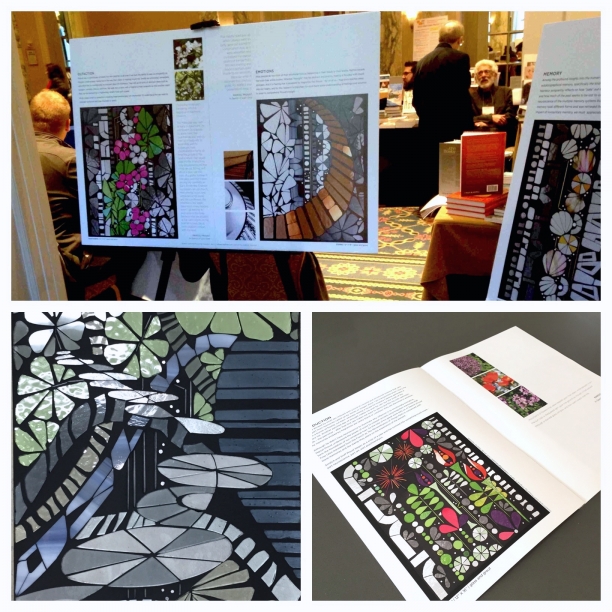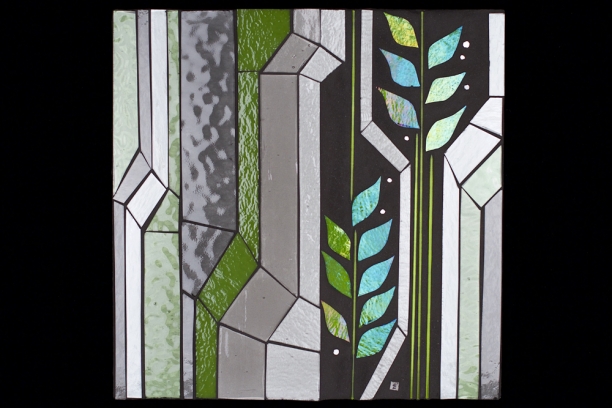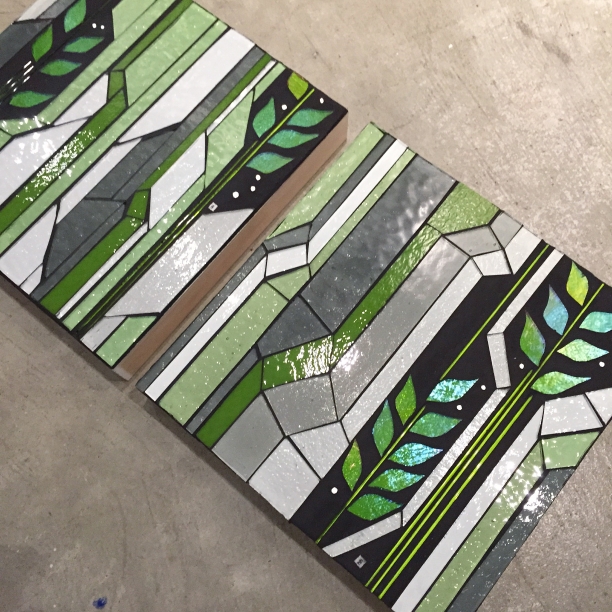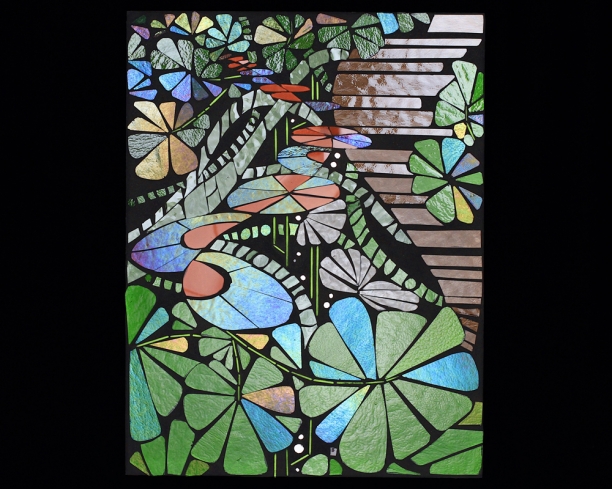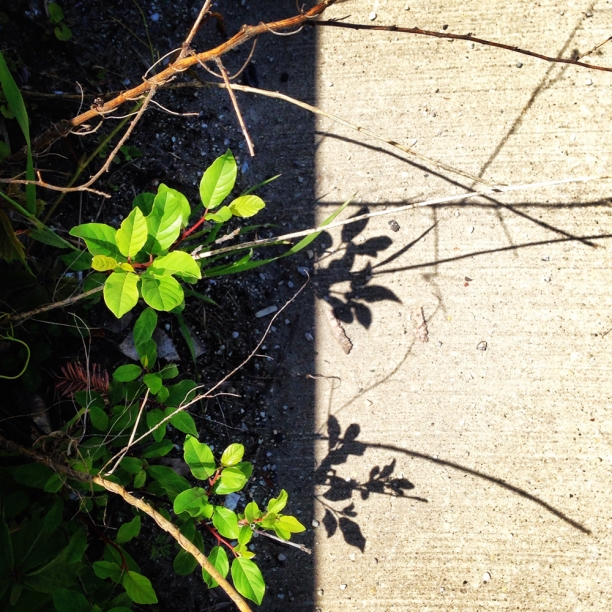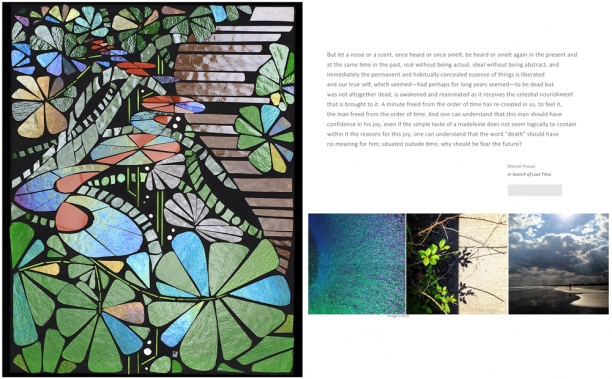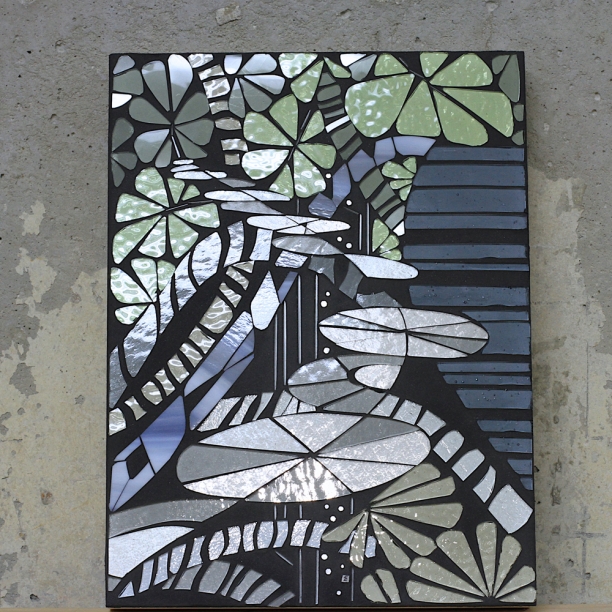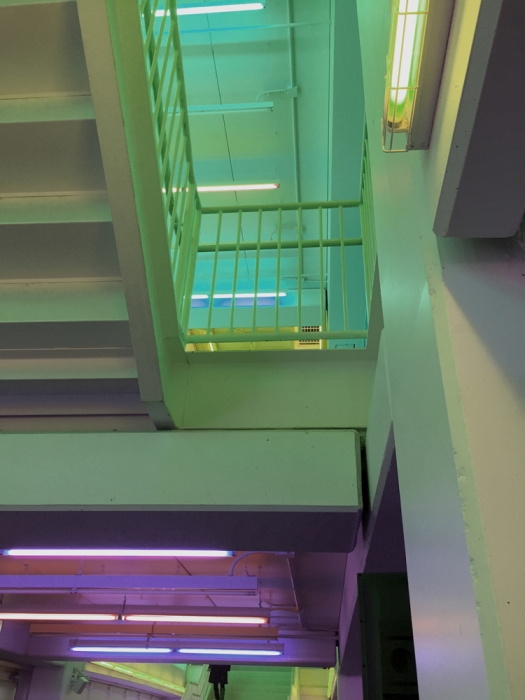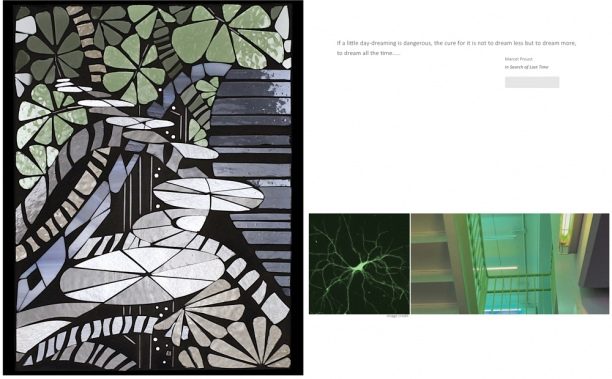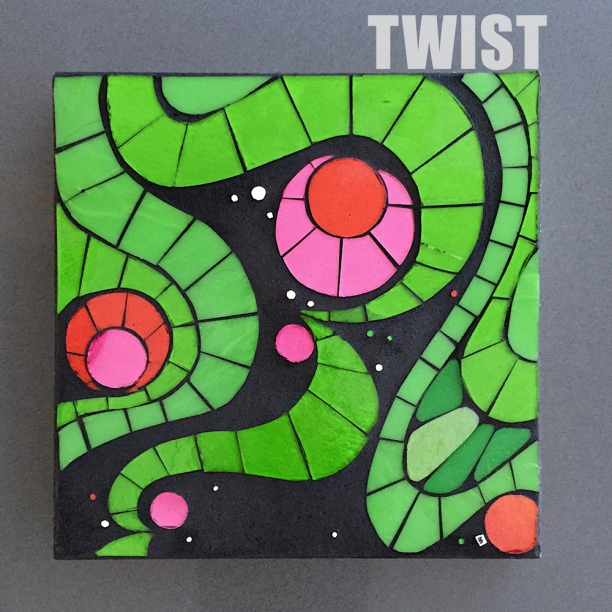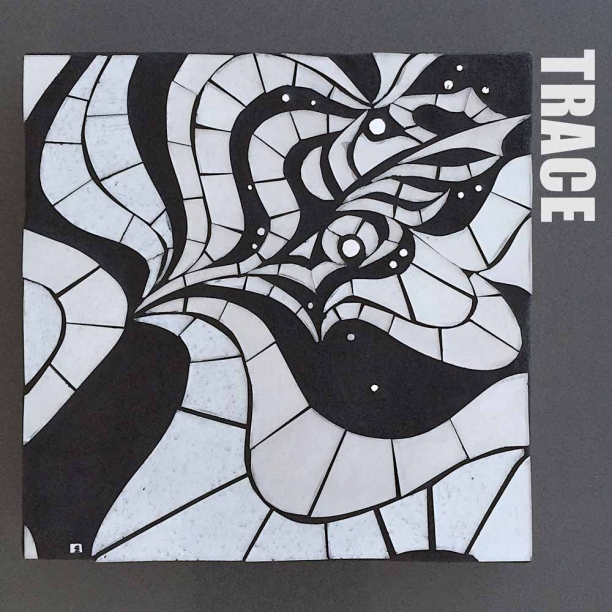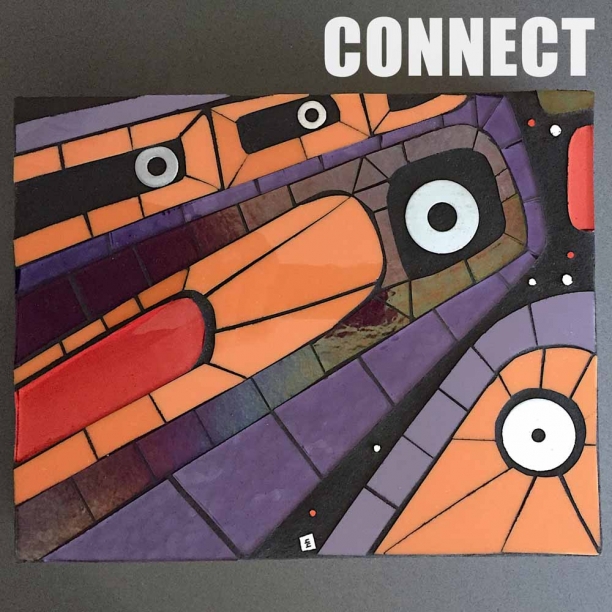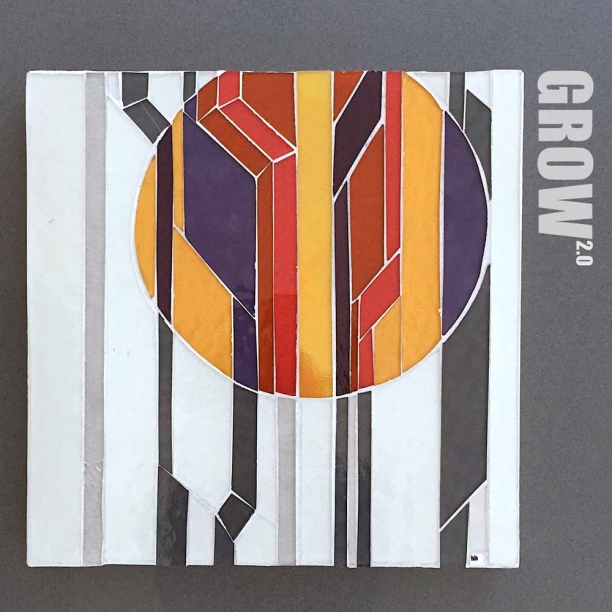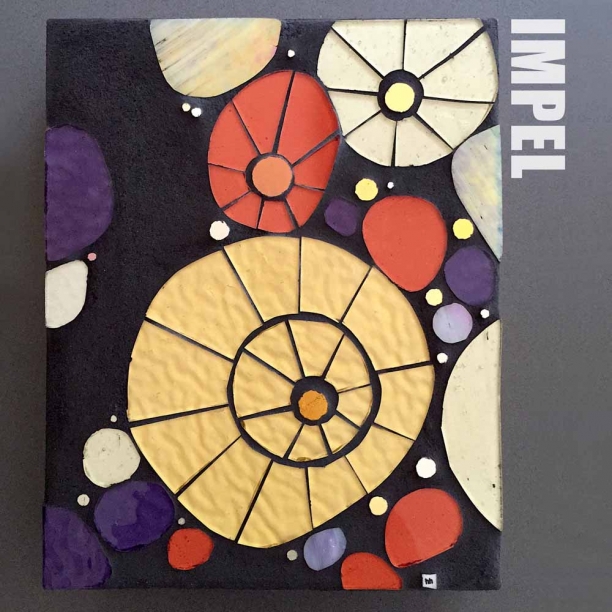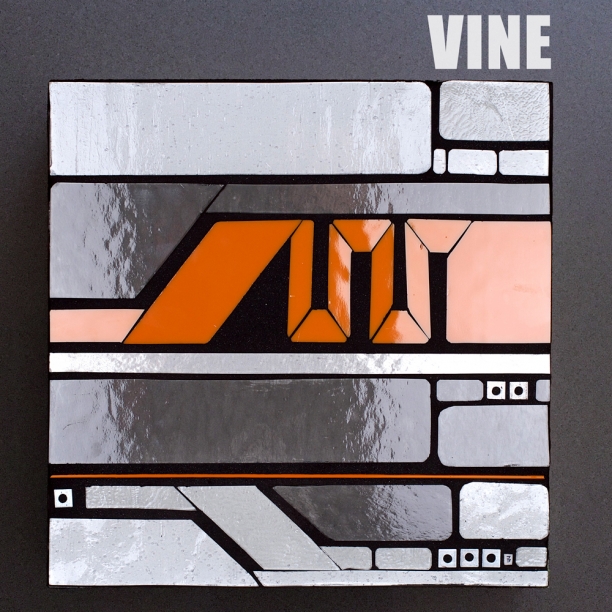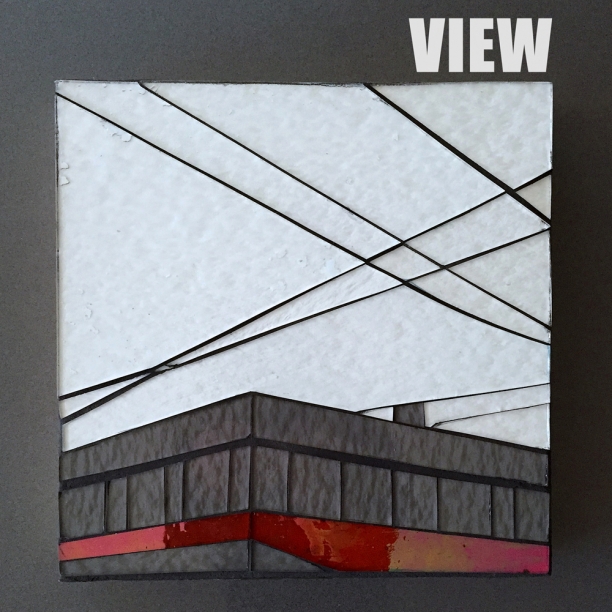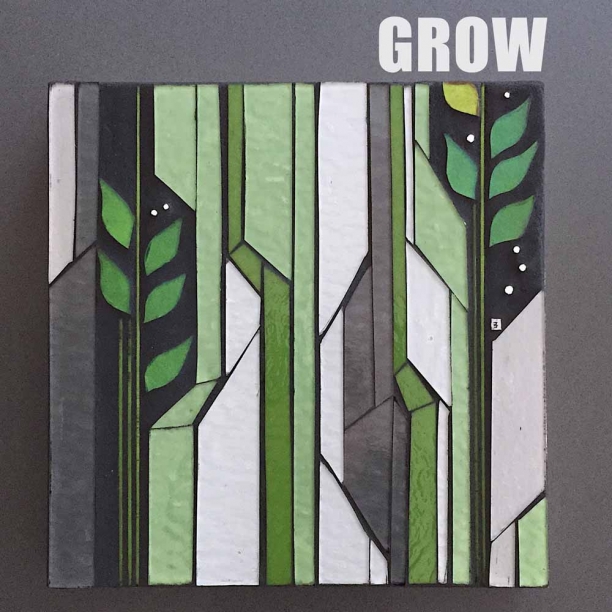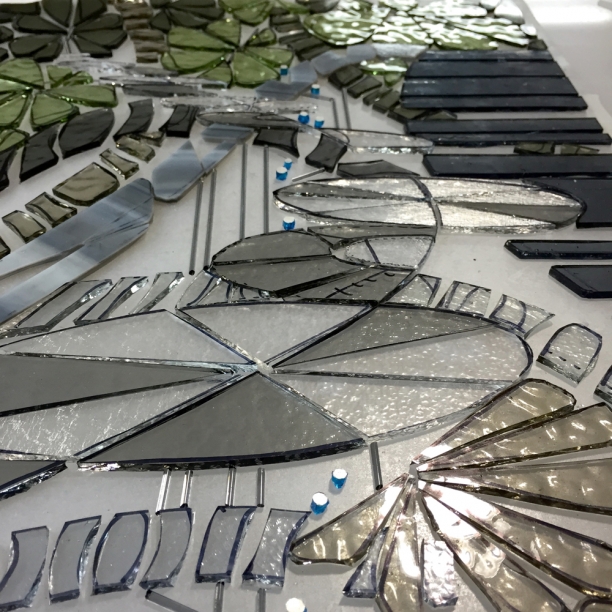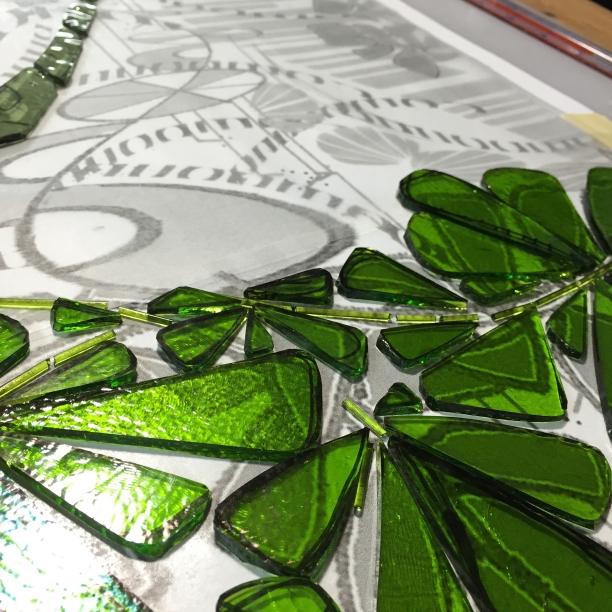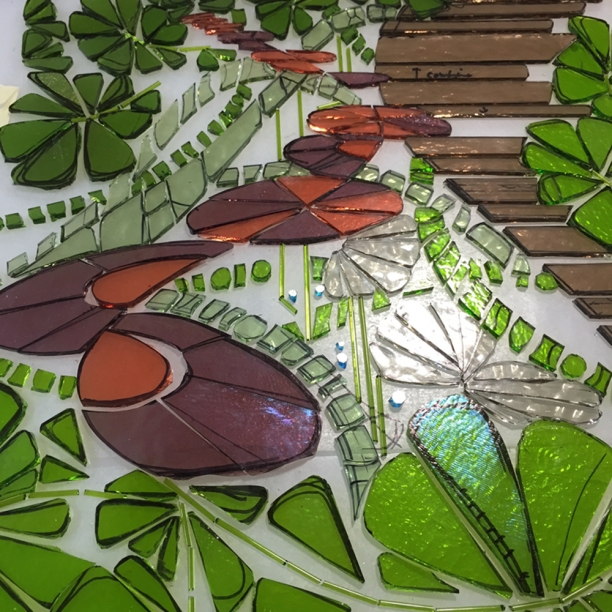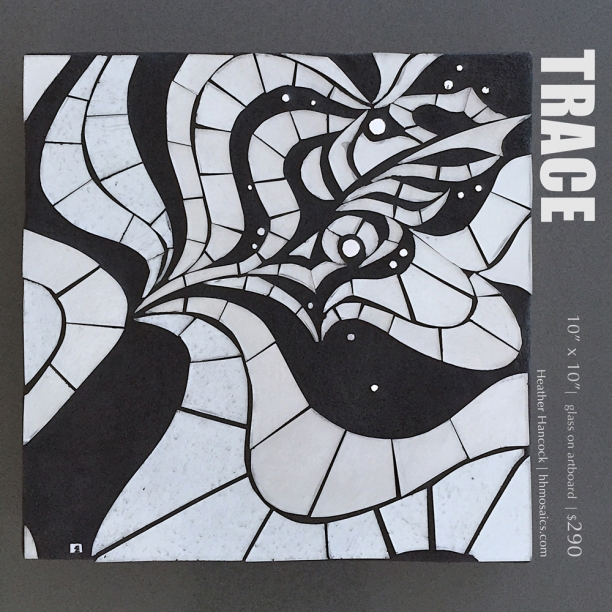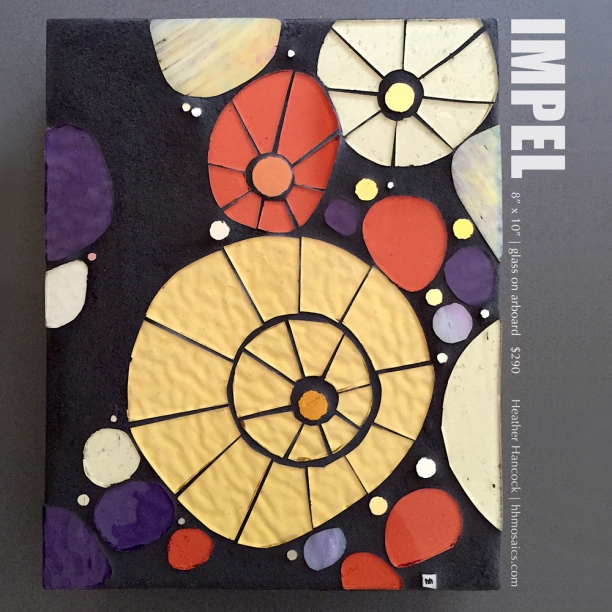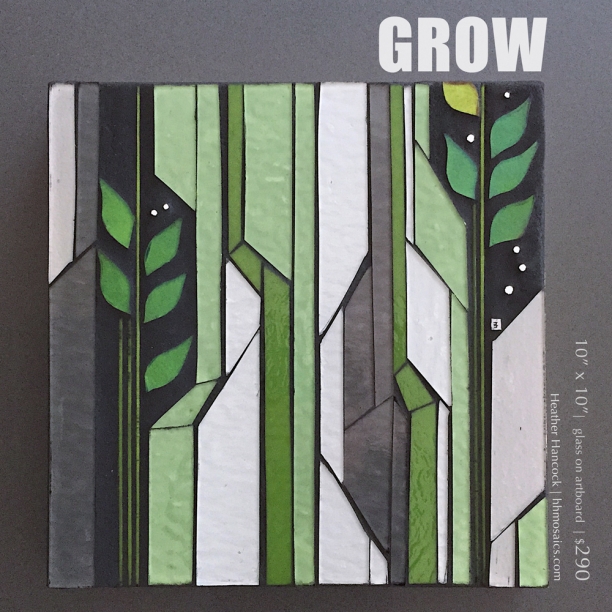Architect Nate Kipnis of Kipnis Architecture was recently in the studio and we had a fantastic conversation about art+design+architecture. Nate has a thriving architecture practice with a focus on green design: high design/low carbon. He wanted to know in what way my work could be part of a green building project...and I had to do some research before getting back to him with this.
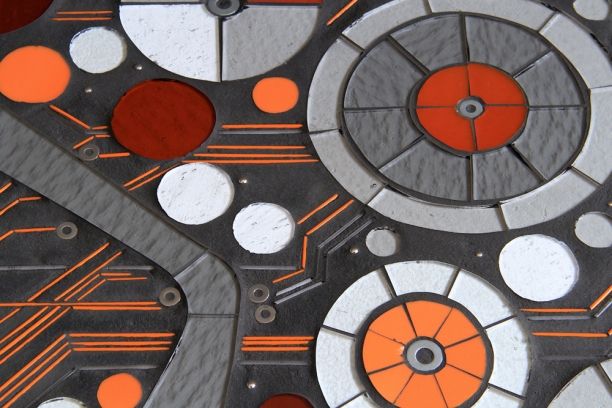
1. Material sustainability. Glass is an (endlessly) recyclable, nontoxic material made from abundant raw materials (silica, soda ash + limestone). One of the major glass manufacturers, Kokomo claims that 99.9% of their glass is green. They are able to recycle 85% of their glass in the form of glass cullets (glass recycled into glass in an endless loop) and the other 15% is recycled by a local company. They also have optimized the efficiency of their furnaces according to EPA standards for factory emissions (via reburning exhaust). Furthermore, located in nearby Indiana, Kokomo is the closest glass manufacturer to Chicago minimizing carbon footprint for transportation.
While cut glass embedded in mortar and grout may not be easily recyclable (although entirely possible), the angle that's of interest to me is that glass is a timeless material with unparalleled physical longevity (no fading, corrosion, deterioration). My goal as an artist is to match this physical longevity with encoded conceptual content to engage viewers across time.
2. Substrate. Cement backer-boards are the tile industry gold standard. Wedi board is my favorite being lightweight, 100% waterproof and superior bond quality compatible with any mortar. Green credentials include CFC-free and inert, recyclable with insulating properties that offer potential energy conservation. The product is lightweight for lower transportation costs.
3. And taking it one step farther...let's call it 'meta-material sustainability.' My own art practice centers around our relationship to the natural world. Living well in the built world depends on finding beauty and staying connected to the natural world--getting that balance of repetition and variation found in nature. EO Wilson's concept of Biophilia hypothesizes that humans have a deep affiliation to the natural world.
Glass, drawing from the material vocabulary of contemporary architecture, can serve as a proxy for the natural world to create visually engaging environments. It is a zero-maintenance option for catching and reflecting light in interior and exterior space design. It might be a viable alternative to less durable surfaces/materials that will end up in landfill or energy-intensive visual features that are prone to failure (ie living walls, fountain walls).
This all means glass art offers tremendous versatility as a recyclable, non-toxic, zero-maintenance material that can create long-lasting visual vibrancy and interest for people-centric environments. Basically, life changing ; )
